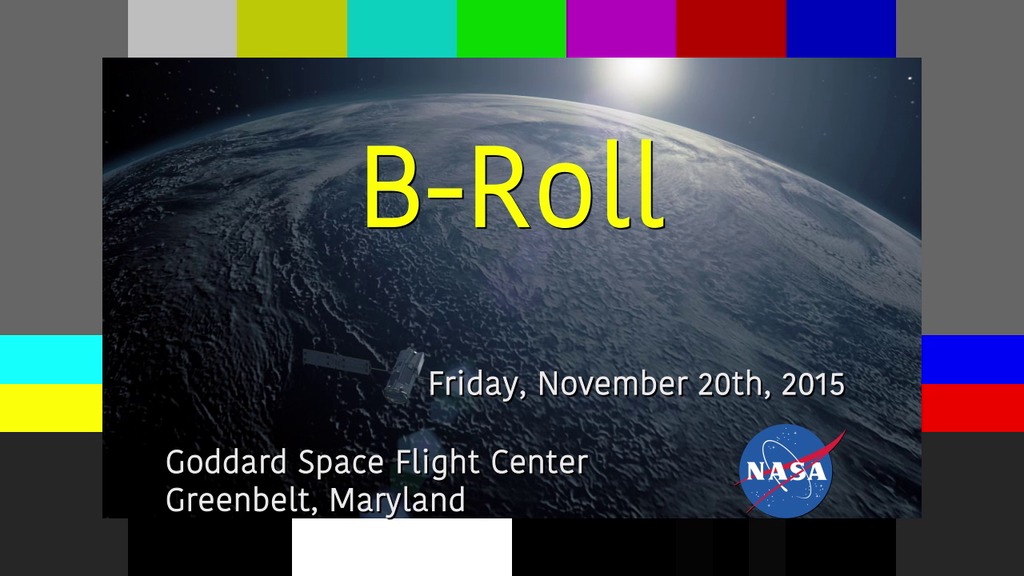Orbiting Carbon Observatory-2
The Orbiting Carbon Observatory-2, or OCO-2, satellite is scheduled to launch this week. The satellite is NASA’s first mission dedicated to measuring carbon dioxide levels in our atmosphere. Carbon dioxide is the leading human-produced greenhouse gas driving climate-related changes on Earth. Scientists estimate that current concentrations in the atmosphere are the highest they have been in 800,000 years. The gas enters the atmosphere through natural processes and human activities, such as the burning of fossil fuels. Half of these emissions stay in the atmosphere while half dissolves into oceans, rivers and lakes or becomes absorbed by plants on land. The OCO-2 satellite will produce a global map of carbon dioxide about every two weeks, allowing scientists to locate ground sources and monitor how levels worldwide are changing over time. Watch the video to learn more.

NASA's newest satellite is on a mission to track carbon dioxide in Earth's atmosphere.
Find out how NASA’s OCO-2 satellite will help scientists make predictions about Earth’s future climate in this video.

The satellite will measure the intensity of reflected sunlight—an indicator of how much carbon dioxide is in the air.

It takes 16 days and 233 orbits for the satellite to produce a complete global picture of carbon dioxide.

By viewing the satellite data on a globe, scientists can see where carbon dioxide levels have gone up or down in different parts of the world.
For More Information
See NASA.gov
Credits
Please give credit for this item to:
NASA's Goddard Space Flight Center
Video and images courtesy of NASA/JPL-Caltech
-
Writer
- Kasha Patel (Wyle Information Systems)
Release date
This page was originally published on Tuesday, July 1, 2014.
This page was last updated on Wednesday, May 3, 2023 at 1:50 PM EDT.
